
All posts by Turacoz Group

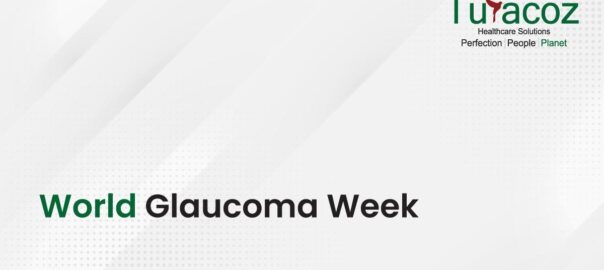
World Glaucoma Week
World Glaucoma Week (March 6-12, 2016) : Be Informed, Be Safe
Each year the World Glaucoma Association (WGA) and the World Glaucoma Patient Association (WGPA) come together to raise awareness about Glaucoma across the world. This joint initiative of WGA and WGPA is marked as “World Glaucoma Week” which is observed from March 6-12 each year worldwide.
What is Glaucoma?
‘Glaucoma’ is a group of progressive optic neuropathies that damage the optic nerve thereby resulting in degeneration of retinal ganglion cells, vision impairment, and blindness. Though unusually high intraocular pressure is been identified as the most common cause for glaucoma, yet this may not always be the case. The two most prevalent types of glaucoma are primary open-angle glaucoma (diagnosed in 90% of cases) and closed angle glaucoma. The common symptom of open angle glaucoma is a gradual loss of peripheral vison (generally in both eyes) which progresses to having a tunnel vision. Whereas, eye pain, blurred vision, nausea and vomiting, vision issues in low light, halos around light sources and red eyes are the common symptoms of closed angle glaucoma.
What is the Global Burden of Glaucoma?
Worrisome is the fact that most of the time onset of glaucoma (particularly in open angle glaucoma) are asymptomatic and disease go unnoticed by patients and healthcare professionals until it progresses to advance stages. Due to the silent nature of the disease, glaucoma is often labelled as ‘silent thief of sight’. It is worth mentioning that, glaucoma is the second leading cause of blindness globally, after cataract. The silent nature of the disease and rapid progression adds up to the global prevalence of glaucoma. In the year 2010, about 60 million people were found to be affected by glaucoma globally, and it is expected that the toll will rise up to 79 million people worldwide by 2020.
Who is at risk of having Glaucoma?
Even though glaucoma can affect any individual, but the risk increases if the individual is; over 60 years of age, have a family history of glaucoma, African Americans or Mexican American, uses steroids, have diabetes, high blood pressure and hypothyroidism, and other eye conditions.
What are the treatment Options?
Treatment of glaucoma varies according to the type of glaucoma, patient history, and advancement of the condition. Usually, the healthcare professional may prescribe medical interventions like; prostaglandins, beta blockers, carbonic anhydrase inhibitors, cholinergic or miotic agents, and alpha-adrenergic agents to relive intraocular pressure. Surgery is considered as therapeutic options if the drugs are not well-tolerated by the patient or if drugs fail to stop the progression of the disease. In such cases, healthcare professionals opt for surgeries like; trabeculoplasy, viscocanalostomy, and aqueous shunt implant.
What are the Preventive Measures?
Even though glaucoma cannot be prevented, but early screening and management of symptoms do reduces the advancement of disease and chances of having a complication. Proper awareness about the disease increases the chances of glaucoma getting a screening in its earlier stage thereby helping healthcare professionals in the timely management of the condition and preserving eyesight of the patient. Regular eye check-ups are recommended in the high risk group. It is also recommended that an individual should immediately consult a health care professional if anything unusual is observed in vision.
What should be done to Spread Awareness about Glaucoma?
‘Awareness is the first step for prevention’, and spreading awareness about glaucoma is anticipated to considerably lower the global burden of disease and associated blindness. World Glaucoma Week is one such initiative to aware masses about glaucoma. The World Glaucoma Association (WGA) and the World Glaucoma Patient Association (WGPA) runs a week long awareness campaign to make people aware about the disease. It is recommended that healthcare professionals should involve their glaucoma patients as they organize a screening event in their local institute/hospital, should give a lecture to a patient support group, should participate in radio & TV shows to talk about glaucoma and to answer questions, and should contact newspapers to publish information about glaucoma. Additionally, all the health care professional are also suggested to run public health campaigns, eye checks up camps, and patient education classes for the high risk group. As a member of healthcare industry, we all should actively take up the responsibility to spread awareness about glaucoma in our own way. Remember to be informed is to be safe!

5 Tips for to get better sleep
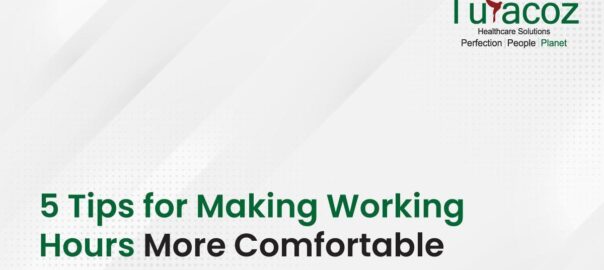
5 Tips for Making Working Hours More Comfortable
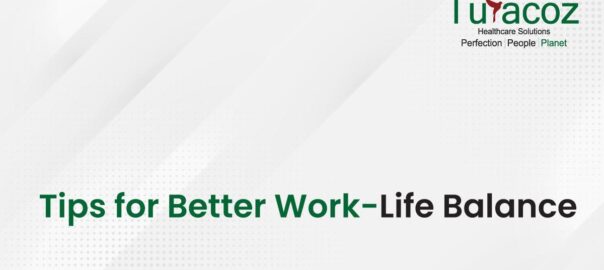
Tips for Better Work-Life Balance

5 Tips to lose weight

Innovating Training Methods

Microsoft Word & Excel Shortcuts
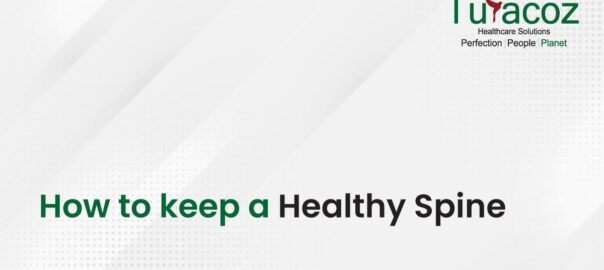
How to keep a Healthy Spine
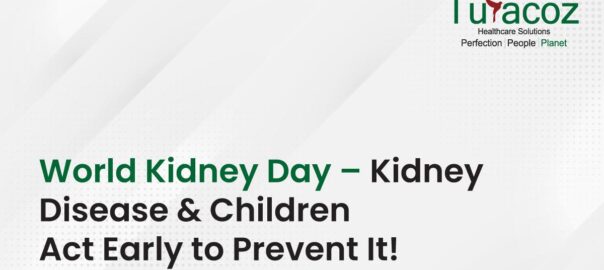
World Kidney Day – Kidney Disease & Children Act Early to Prevent It!
World Kidney Day (WKD) is a joint initiative of the International Society of Nephrology (ISN) and the International Federation of Kidney Foundations (IFKF). The first campaign was initiated ten years ago. Since then, the day is observed every year to raise public awareness of kidney diseases which affect millions of people worldwide, including children who may be at risk of kidney disease at an early age.
Fast Facts:
- 10% of the global population is affected by kidney disease, and it claims the lives of millions of people each year.
- Acute kidney injury (AKI) develops in children when red blood cells are destroyed and block the kidneys’ filtering system, or due to trauma such as burns, dehydration, bleeding, injury or surgery.
- Chronic kidney disease (CKD) in children can be caused by birth defects.
- A person can lose up to 90% of kidney function before experiencing any signs of CKD.
- From birth to age 4, birth defects and hereditary diseases are the leading causes of kidney failure.
- The majority of children with kidney disease progress to end-stage kidney diseases in adulthood.
Mission Statement
The mission of World Kidney Day is to educate people about the importance of our kidneys to our health and to reduce the frequency of kidney disease and its associated health problems worldwide.
Kidney Disease & Children. Act Early to Prevent It
This year’s World Kidney Day campaign emphasizes the importance of following kidney function and blood pressure in children and babies. Kidney disease can affect children in various ways, ranging from treatable disorders without long-term consequences to life-threatening conditions. It is our responsibility to encourage education, early detection and a healthy lifestyle in children, starting at birth and continuing through to old age, to combat the increase of preventable kidney damage including acute kidney injury (AKI) and chronic kidney disease (CKD) and to treat children with inborn and acquired disorders of the kidney.
Objectives of World Kidney Day
- Raise awareness about our “amazing kidneys”
- Highlight that diabetes and high blood pressure are key risk factors for CKD
- Encourage preventive behaviors and systematic screening of all patients with diabetes and hypertension for CKD
- Educate all the doctors and health care professionals about their key role in detecting and reducing the risk of CKD, particularly in high risk populations
- Emphasize the important role of local and national health authorities in controlling the CKD epidemic.
What can you do for your kidneys?
Kidney diseases are silent killers and largely affect the quality of life. There are a few easy ways to reduce the risk of developing kidney disease.
- Keep fit and active: Physical activities and exercises help you to keep fit. This will reduce your blood pressure and therefore reduces the risk of Chronic Kidney Disease.
- Check your blood sugar level: People who have diabetes are more likely to develop kidney damage, so it is important for all to have regular tests for blood sugar level to check their kidney functions. Kidney damage from diabetes can be reduced or prevented if detected early. Keeping control of blood sugar levels with the help of doctors or pharmacists is very important.
- Monitor your blood pressure: High blood pressure is also the most common cause of kidney damage. High blood pressure is especially likely to cause kidney damage when associated with other factors like diabetes, high cholesterol and Cardio- Vascular Diseases. The normal blood pressure level is 120/80. Between this level and 139/89, you are considered pre-hypertensive. At 140/90 and above, you need to consult your doctor and monitor your blood pressure level regularly.
- Eat healthy and keep your weight under control: This can help many conditions associated with Chronic Kidney Disease such as diabetes and heart diseases. Reduce your salt intake. The recommended sodium intake is 5-6 grams of salt per day (around a teaspoon). Limit the amount of processed and restaurant food and do not add salt to food. Prepare the food yourself with fresh ingredients.
- Maintain a healthy fluid intake: To maintain good health, one should consume 1.5 to 2 litres of water per day. Consuming plenty of fluid helps the kidneys clear sodium, urea and toxins from the body which, in turn, results in a “significantly lower risk” of developing chronic kidney disease. Moderately increased water intake may reduce the risk of decline in kidney function. The right level of fluid intake for any individual depends on many factors including gender, exercise, climate, health conditions, pregnancy and breast feeding. People who have had a kidney stone are advised to drink 2 to 3 litres of water daily to lessen the risk of forming a new stone.
- Quit smoking: Smoking slows the flow of blood to the kidneys, which impairs their function Smoking increases the risk of kidney cancer by about 50 percent.
- Do not take over-the-counter pills on a regular basis: Common drugs such non-steroidal anti-inflammatory drugs like ibuprofen are known to cause kidney dysfunction if taken regularly. Such medications probably do not pose significant danger if your kidneys are relatively healthy and you use them for emergencies only, but if you are dealing with chronic pain, such as arthritis or back pain, ask your doctor to control your pain without putting your kidney at risk.
